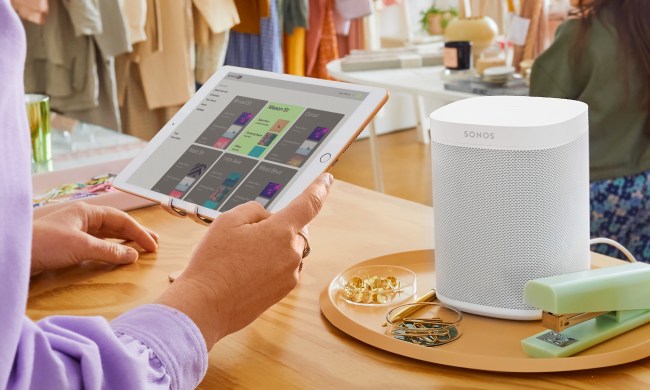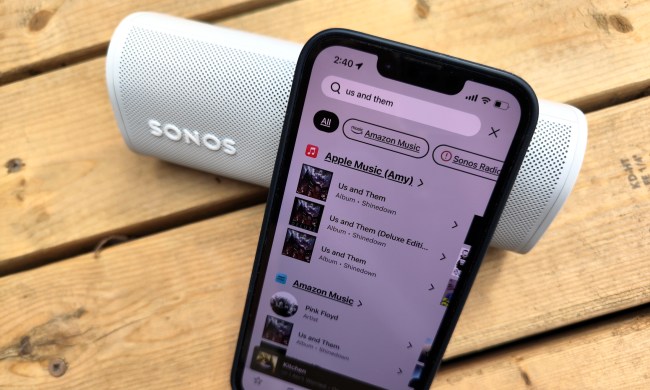In October 2019, Sonos began to offer customers the ability to trade in their older devices in exchange for a discount on a new device. These older devices, Sonos said, lacked the ability to receive certain enhancements due to the age of the hardware. However, at the time, Sonos did not indicate exactly how or when the age of these products would prove problematic. Today, Sonos has released more details: Starting in May 2020, these older products will not receive any new software updates, and owners who choose to keep using them can expect features to slowly stop working.
The older products in question are:
- Connect and Connect: Amp sold between 2006 and 2015
- First-generation Play:5
- CR200 remote control
- Sonos Bridge
Starting today, you can identify whether any of your Sonos products are affected by this announcement by logging on to Sonos.com with your Sonos account and clicking on the System tab. Sonos’s trade-in program is still in effect, and you can use the Trade-Up tab to take advantage of it if any of your products have been identified.

The trade-in program — which has received criticism from some observers — isn’t mandatory, however. If you have one of these older products, you can continue to use it. Sonos told Digital Trends that the May 2020 code freeze for the affected products didn’t necessarily mean that they would stop working. “We cannot put a date on when something might be disrupted,” a spokesperson said, “but they should continue working for some time.”
That said, if you choose to keep using them, it’s expected that support for the wide variety of streaming music services will gradually decline, as will support for things like voice services via Alexa and Google Assistant. Unfortunately, even if you own newer Sonos products like the Sonos One or Sonos Beam, as long as they are grouped with the older gear under the same Sonos system, they will be affected too.
The reason, Sonos explains, is that all Sonos devices on the same system must run the same version of the Sonos software. So your overall Sonos system’s capabilities are defined by the least powerful product you own, not the most powerful one.
One option for those with a large collection of both new and old Sonos products would be to split the devices into two separate systems. By putting the older devices on their own system, they would no longer affect the upgradeability of the newer products.
Sonos doesn’t necessarily recommend this option, but it says it will do what it can to maintain the viability of the older gear for as long as possible. We asked if the core Sonos function of playing people’s private collection of digital music could be preserved, even if access to streaming music eventually ended.
“We will work to maintain that existing experience — including those core music streaming features — and conduct bug fixes where the computing hardware will allow,” Sonos said, “but our efforts are ultimately going to be limited by the lack of memory and processing power of these legacy products.”
In some ways, it’s remarkable that Sonos has been able to keep these older devices working as long as it has. All were launched before the first iPhone went on sale, at a time when terms like apps, streaming music, and voice assistants were still many years from becoming mainstream.
And yet, Sonos has found ways to extend the life of these early wireless music players, consistently adding new features like Trueplay, streaming music subscriptions, voice commands, integration with smart home automation systems, and Apple’s AirPlay 2.
The Sonos trade-in program, by giving participants up to $200 toward the purchase of a new Sonos device for every old product they recycle, is equally remarkable: Depending on the device you choose to recycle, that could mean a 50% value placed on an electronic product that is up to 14 years old.
As sad as it is to see these Sonos devices finally near the end of their serviceable life, Sonos deserves full credit for supporting them as long as it did. It’s a rarity in an industry known for short product lifecycles.
Sonos’ most recently launched products are the Sonos Move, a portable speaker that has a built-in battery and the ability to work as a Bluetooth device when away from Wi-Fi, and the Sonos Port, a replacement for the now almost-obsolete Sonos Connect.
Earlier in January, the company made headlines when it announced it would be suing Google over allegations that the tech giant copied its patented technologies.



